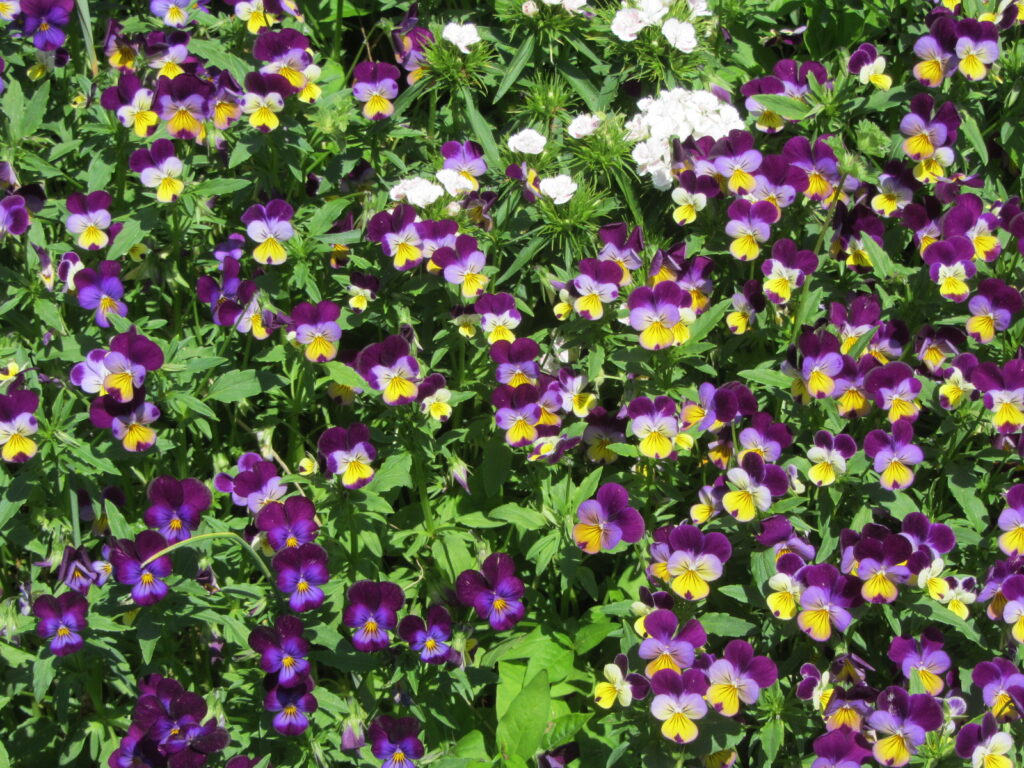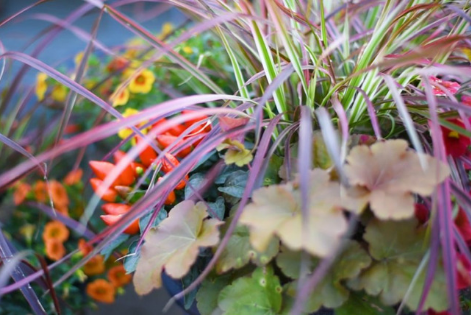
Each year the International Herb Association selects one herb to honor as the ‘Herb of the Year’.
Plants selected must be exceptional in at least two of the three major categories – decorative, culinary, or medicinal.
The 2022 Herb of the Year is the viola which tallies high marks in all three categories.
Viola is a large genus of more than 500 species. The family of flowering plants consists of annuals, biennials, perennials, and subshrubs in temperate areas worldwide.
Violas and Pansies are similar
The term ‘pansy’ is normally reserved for those multi-coloured, large, flowered cultivars of the viola family.
There are 35 species of viola, commonly referred to as ‘violets’ in Canada.
These are found in woodlands, prairies, and marshes from the Atlantic to the Pacific and north to the treeline.
In spring, multiple pollinators are attracted to the purple, blue, white, and yellow flowers. Many violet species are popular for rock gardens and shaded areas where they prefer moist rich soil.
The purple violet, Viola cucullate with its heart-shaped leaves is the floral emblem of New Brunswick.
They have medicinal properties
It may be strange to think of the viola as an herb, but long before they were part of the flower gardens, they were valued for their medicinal properties.
Almost 2,000 years ago Dioscorides, a Greek physician recognized viola/violets have a ‘cooling’ effect on inflammations of the stomach and the eyes.
Later in the 16th century, English physician, John Gerard defined more than a dozen medicines for fevers and inflammations made from the leaves or flowers.
Herbalists today still rely on violets to treat various ailments such as coughs, colds, skin problems, urinary infections, and arthritis.
Research has shown that extracts of violet leaves and flowers can be as effective as corticosteroid drugs in reducing inflammation, without nasty side effects. Richters – Herb of the Year Viola
Violas as Food
Violas, violets, their cousins Johnny Jump-ups, and pansies are not only colourful flowering plants for the spring and early summer gardens, but they are also edible.
The fresh flowers are fun to add to salads, soups, and desserts. Candied flowers made by coating the fresh flowers with a sugar and egg wash are a special treat to decorate cakes and chocolates.
Violas and pansies are not scented but there are a few violets that have a delicate scent.
Viola odorata is native to Europe and Asia and we know it as the ‘wood violet’. The soft powdery sweet scent has been used in perfumes for at least 1500 years. It was very popular in the late Victorian period and is still used in the production of many cosmetic fragrances.
Whether for ornamental bedding plants, medicine, food, or fragrance, violas have earned the distinction of being honored as this year’s Herb of the Year.
Read about the difference between violas and pansies, how to grow them, and more





About The Author: Nancy Abra
The family kitchen garden has always been a big part of my life from the early days growing up on a farm to current days gardening near Thorndale, Ontario.
I have honed my gardening knowledge with various courses including a certificate in Horticulture from the University of Guelph, ongoing training with the London Middlesex Master Gardeners, active membership with the local Horticultural Society and as a volunteer gardener at Fanshawe Pioneer Village, It has always been important to me to feed my family from the best of my garden or from locally grown produce. For almost 50 years of preserving, canning, pickling, and using heirloom recipes including some of my own creations, I have developed tasty preserves for my family and friends which I market locally with the brand name "From My Garden".
More posts by Nancy Abra